LEATHER TOYS OF INDORE --- ADITYA LEATHER ARTS
Leather toys of Indore are very much known to the world. Initially, people involved in just trading got into knowing of how the toys were made and began the manufacturing unit of these leather toys. Toys are most noted and they made of leather-coated sheets. Briefly, the structure of the toy is made roughly from the wires. The paper roll is stuffed and tied. A mixture of paper pulp is applied to give the shape of the animals. It is allowed to dry and coated with leather sheets. Leather toys of Indore joined the league of Geographical Indication (GI) in 2008.
Established in the year 1997, we "ADITYA LEATHER ARTS" are renowned organization occupied in manufacturing, exporting and supplying premium quality assortment of Leather wall hanging head, leather pen stand, leather animal book shelf, leather sitting stools leather animal tables leather animal sculpture leather key holders leather key chains Such as Handmade Leather Animal Tables, Handmade Leather Camel, Handmade Leather Horse, Handmade Leather Lion, Handmade Leather Tiger, Handmade leather Zebra, Handmade Leather Elephant, Handmade Leather crocodile, etc.
Introduction Process:
Leather toys are stuffed miniature replicas of animal life, created in fascinating details and variety. The craftsmen follow a skillfully devised method of working with leather to achieve a lifelike precision in appearance. The whole process involves several stages and the product is put through the hands of various artisans who are masters of their specific tasks.
Raw Materials: 


Wire: Galvanized iron or mild steel is used for making the basic skeleton of any toy. The wire is generally 1mm to 4mm thick depending upon the size of the toy.
Grass / wood wool strands: It is wrapped around the wire skeleton to give mass to the body of the toy. In bigger sized models rice grass is also used for filling.
Thread: It is used to fix the grass or wood wool strands on to the skeleton. It is a regular cotton thread easily available in the market. Jute thread is used for bigger models.
Cardboard pulp: Is made by adding water and glue in the proportion of 1:20 to the cardboard powder, which is then crushed and made into a paste. Waste paper is used for packaging of items.
Glue: It is obtained from crushed tamarind seeds. Water is added to the paste. Copper Sulphate is added to the paste which acts as a preservative. Locally called ‘Layee’, it does not leave any marks on the leather. It also helps in achieving uniform paint quality.
Leather: The skin of any animal, bird or reptile. It is preserved through putrefaction, this process is called tanning. The leather used in this process is taken from goats and sheep, locally known as ‘Messi’. It comes from Chennai and Hyderabad and is the only raw material not sourced from Indore. Thickness of the leather ranges from 0.6mm to 0.8mm in skins and 1mm to 1.25mm in hides.
Eyes, teeth and soles: Eyes of the toy are available separately in the market and are made of lac material. It is available in all colors and sizes, with sizes varying from 1/4th of an inch to 2 inch depending on the size of the toy. Teeth and soles are made in plastic or polythene, created by injection molding.
Color: Synthetic water colors in powdered form, mixed with water in a proportion is decided by the craftsperson.
Polish: Wax polish, applied in the end of the process to give a shine.
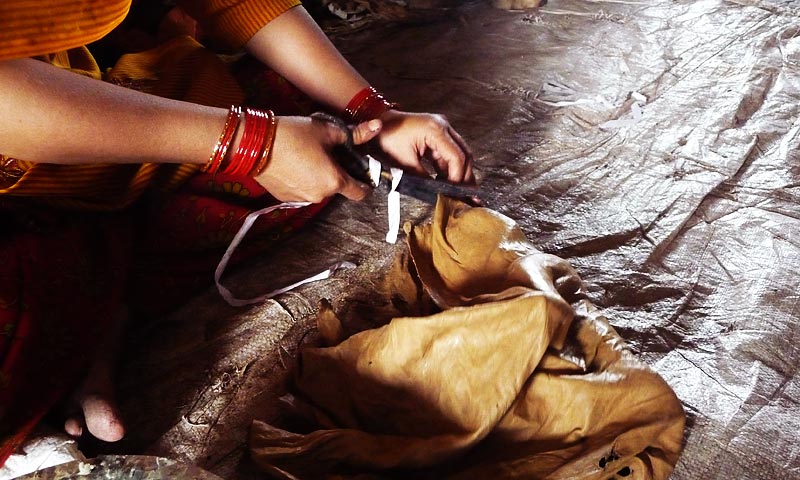
Waste:
Tools & Tech:
Hatoda (Hammer), Spoke shaver, Chaku (Knife), Poker, Awl, Fork, Paana/Taami (small tool for bending), Tocha (Fire lamp), Bubble wrapping, Blade etc.
Rituals:
process:
Leather toys are stuffed miniature replicas of animal life, created in fascinating details and variety. The craftsmen follow a skillfully devised method of working with leather to achieve a lifelike precision in appearance. The whole process involves several stages and the product is put through the hands of various artisans who are masters of their specific tasks.
Wire-frame
When the artisan sets out to make the toy, the form is clear in his mind. He begins the process by taking metal wires and makes a wireframe for the toy. When the wireframe is completed, one can already see the kind of animal which the wireframe will mature into. In next stage the artisan takes grass or hay and ties it around the wireframe with a thread. When this stage is concluded, the toy has already gained the necessary form of the visualized animal and the hay helps in keeping the weight of the toy to minimum.
Molding
A pulp is made with waste cardboard or sawdust and tamarind flour. It is applied over the frame to smoothen out the form. The artisans involved in molding process are experts in depicting salient features of anatomy.
If a large number of identical pieces have to be made, a fiber mold is designed. The pulp is filled into the same and shaped according to the mold. Once the pulp attains a rigid shape, the artisan adds final muscular finishes with his fingers or with other basic tools such as discarded comb handles and forks. Sometimes, the artisans add further finishes by attaching clay and fine pulp to the already realized form.
Sticking the leather
Rags are wrapped around the lower legs of the frame and covered with pulp to get the desired shape. Tamarind powder is boiled and made into glue, which is used to apply over the form. The leather is then stuck onto the form with the help of this glue. It requires great skill to put leather accurately over the animal form, the artisan makes sure that there are no wrinkles and there is no air trapped between leather and the pulp body. Different leather pieces are smoothened from the edges to have low thickness so that the overlapping of leather pieces does not result into irregularities. The artisan tries to place the joint in leather pieces beneath the animal body.
Finishing
After the leather is stuck, the finishing is done by rubbing a smooth stone over the wet leather. A blunt knife is used to put features on the streamlined body of the animals. The piece is kept to dry for almost 15 days. The drying out of leather is very important because if any moisture remains, it will cause the leather to expand later and warp leading to a decrease in quality. The artisans then finally attach eyes, teeth to the object. These are then bubble wrapped and packed in cartons.
Cluster Name: INDORE
Introduction:
Indore is the largest city in the state of Madhya Pradesh. It occupies a prime location in all the major travel routes and has grown to have an eclectic blend of cultures and tradition, besides being an important hub for trade, transport and material sourcing for the entire country.
History:
Indore became an established center of commerce by 1715 AD, when many traders settled in the villages on the river banks of 'Khan' and 'Saraswathi'. This was due to Indore's prime location in the route of the Marathas of Deccan on their way to North India. These Maratha Guerilla warriors were in constant battle with the Mughal Empire. It was also located on India's oldest pilgrimage routes from 'Malakal' at Ujjain on river 'Shipra', to 'Omkareshwar' on the river 'Narmada' and onwards to 'Rameswaram'. The city derives its name from the temple of 'Indreshwar', which was constructed in 1741 AD. It grew as a center of trade under the 'Holkar' dynasty which reigned from 1733 AD to 1818 AD. The city became the capital of the 'Indore princely state' in 1818 AD, after the British forces under Sir John Malcolm, defeated the Holkar's, led by Rani Krishanbai Holkar at Mahidpur. She signed the treaty of 'Mansour' by which the control of Indore went in the hands of the East India Company.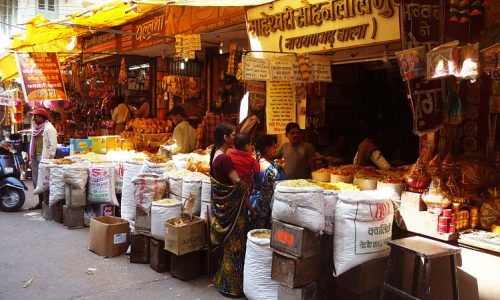
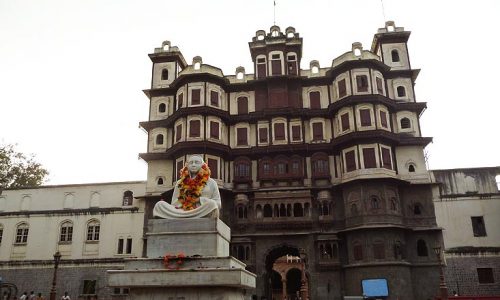
The popularity of leather toys
Care Instructions for Leather home décor items:
Keep items free of dust by wiping down gently with a soft lint-free cotton cloth. You may use regular clear shoe polish to shine the product once every few months. Please keep products away from direct sunlight and water.




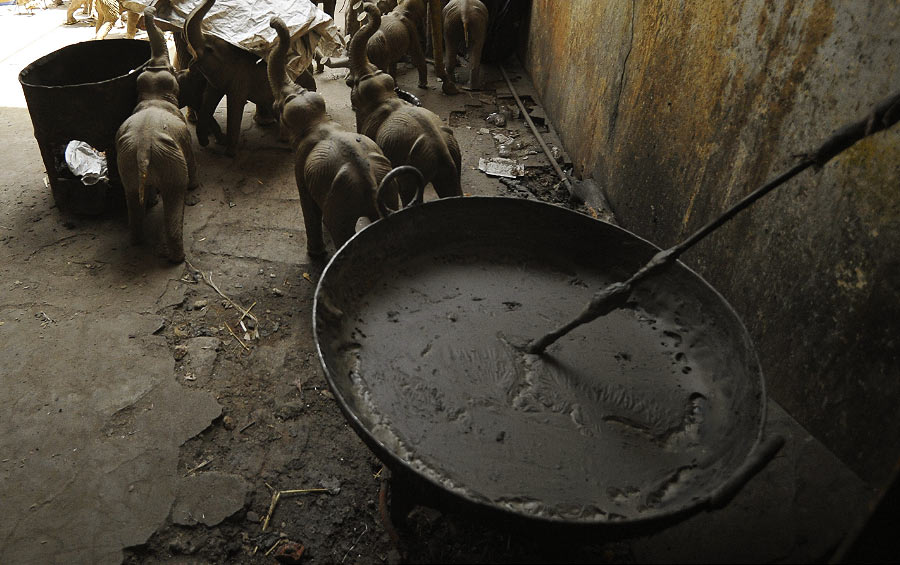
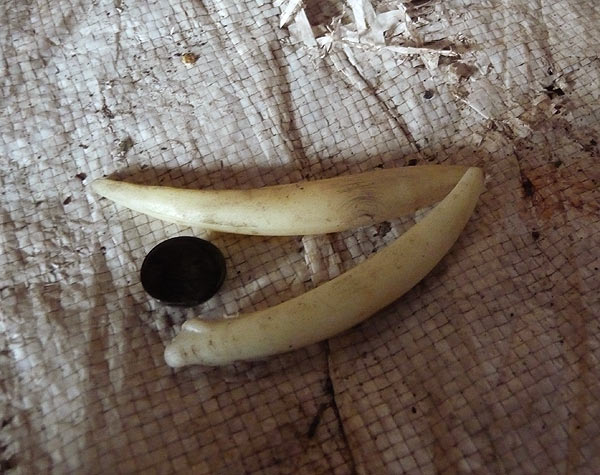

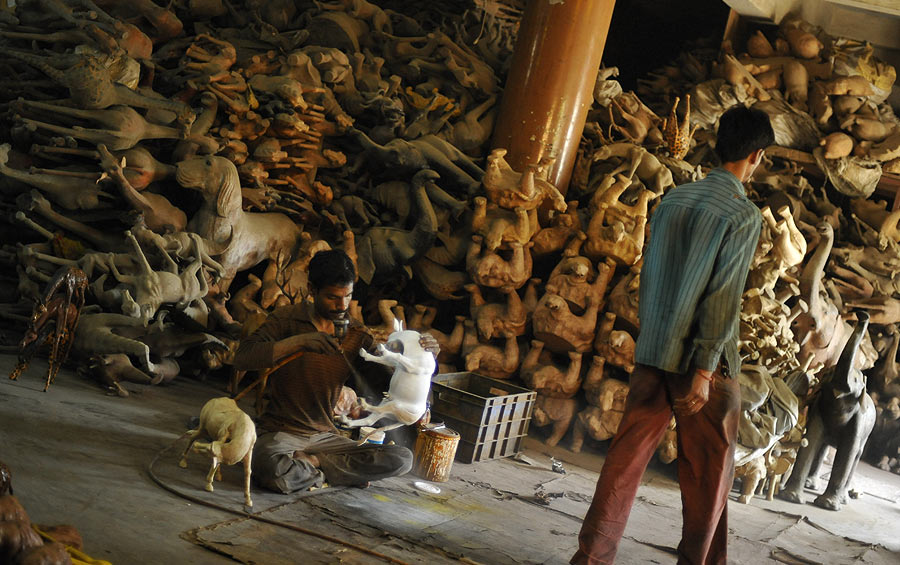


Comments
Post a Comment